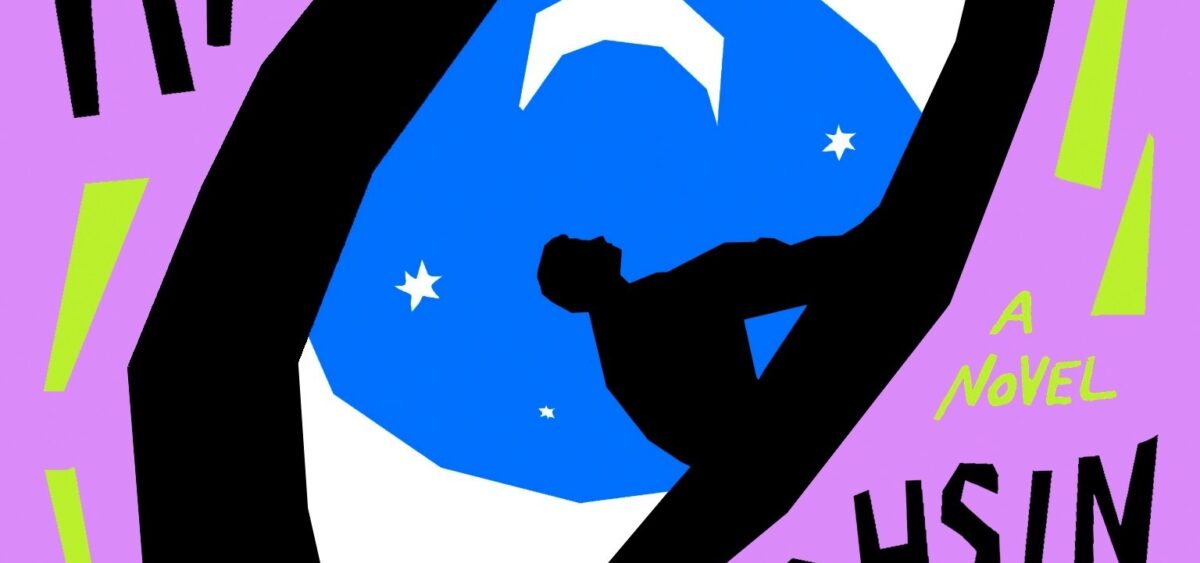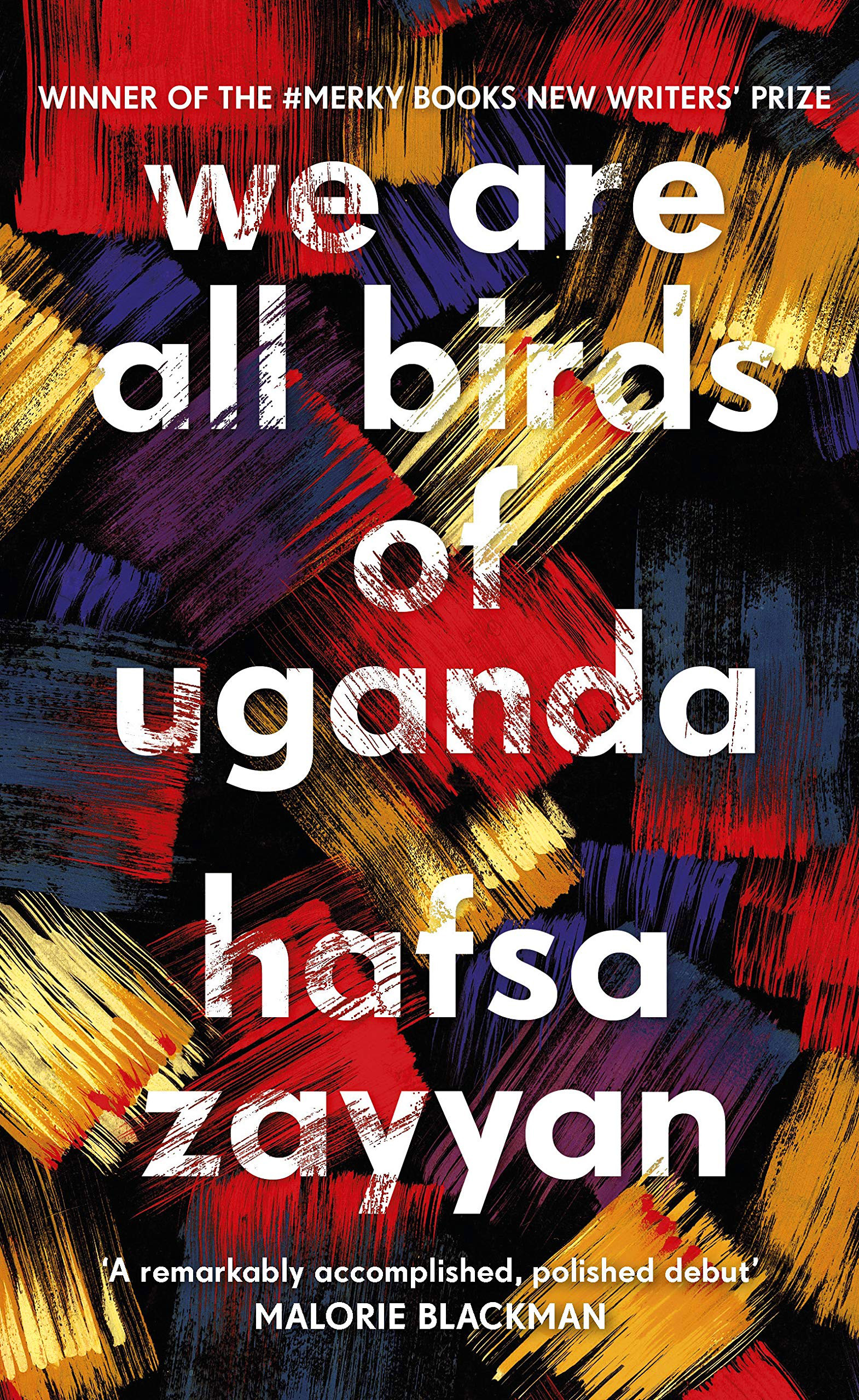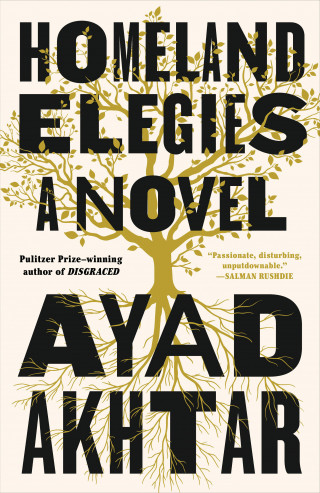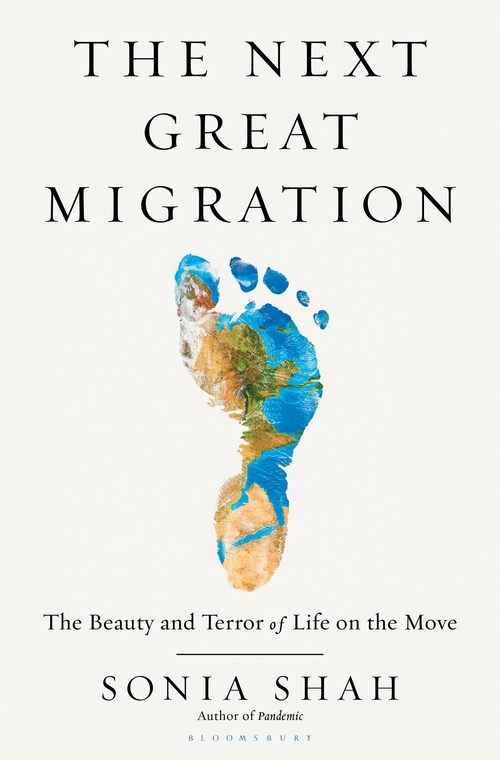
Mohsin Hamid has created a literary world where people are no longer divided by skin color. But The Last White Man is neither fairytale nor dystopia. Instead, it is a meditation on how intimacy is developed between people.
A big, unnamed city in modern America. Anders, a young man who works as a personal trainer, wakes up one day to discover that his skin has become Black. He fell asleep a white man; in the morning he doesn’t recognize himself. His face, hair, and hands—even his genitals—look different. Nothing is left of the old Anders apart from his gender, height, and personality. He still feels like himself, although he is someone else entirely. His first reaction to this metamorphosis is shock, then fear kicks in. Anders stops going to work and only leaves his house to buy essentials.
However, he soon learns from the news that he isn’t the only one—more and more people are undergoing the same change. The number of cases is rising exponentially, and since the cause and significance of the phenomenon remains a mystery, people start panicking, which quickly leads to outbursts of violence: riots, looting, and arson become an everyday reality. The streets are dangerous, stores are empty, more and more shops and offices are shutting down. Those who have become dark-skinned are viciously attacked. Self-appointed white neighborhood watches scour the city, collecting denunciations and arresting those citizens who have become Black. One of these squads comes looking for Anders. Three men appear on his doorstep; one of them used to be a good friend of his. They try to take him away, but since Anders was expecting them, he threatens them with a gun and manages to escape, then holes up in his father’s house in the suburbs.
Hamid is a well-known British Pakistani writer whose work has been nominated for various international prizes. The powerful opening of his new novel brings to mind Franz Kafka’s Metamorphosis or José Saramago’s Blindness, but Hamid leads his story down a different path. He quickly slows the pace and lets the plot sail on calmer waters. The anticipated social upheaval never comes and instead a new order is established. Since there are fewer and fewer white people in the city of ethnic transformation, it becomes inevitable that everyone will be dark-skinned soon enough. Racism loses momentum as the last supporters of the ethnic divide become a minority and finally disappear altogether. The riots end and peaceful everyday life returns. The metamorphosis, first described as a nightmarish anomaly, turns out to be nothing more than a brief disruption of reality.
In order to present the inner change of his protagonists, and most importantly, the evolving relationships with their close ones, Hamid shrewdly builds on the motif of a tight-knit community that must overcome surprising trials. Moreover, one may get the impression that the author is somewhat manipulating his readers. The title itself, The Last White Man, suggests the novel depicts the end of an entire race. It’s surprising, since we expect a dystopia, a rich fantasy on the concept of race. But Hamid encourages us to think critically. Would the lack of one important ethnic feature actually cause a social crisis? Would the disappearance of race—understood as a cultural construct—really lead to a disaster? The author suggests various answers and tries to subvert ideas about the importance of ethnicity and the role of literature itself. In interviews Hamid often mentions the need to write novels that are anti-schematic and allow readers to “try out” different versions of the world. For this reason, The Last White Man is construed in a way that breaks habits. It suggests that the future isn’t written in stone and doesn’t have to mirror the discourses that dominate the present.

He produces this effect by using a light style and shifting the emphasis from a collective perspective to an individual one. The Last White Man isn’t a long book. After reading Hamid’s previous novels, such as The Reluctant Fundamentalist or Exit West, one gets the impression that this time the author deliberately avoided going into details and depicting a larger panorama of contemporary life. The narrator doesn’t explain who or what caused white skin color to disappear and why. The plot momentarily focuses on what the author deems the most important part of the book: the protagonists’ personal and intimate metamorphoses. Anders can only deal with the shock and paralyzing fear that grip him after his transformation thanks to the support of his close ones. Although he and Oona, who is a mindfulness coach, weren’t planning on engaging in a serious relationship, they decide to commit to each other in light of the strange events. The first time they have sex after Anders’s transformation feels like hitting the reset button—they grow closer to each other, test each other’s physical appearance, and study the limits of who they actually are. Soon enough, Oona’s skin darkens as well.
The novelist has created a tribute to change. For him, it is a life-giving force—if not entirely different, then at least refreshed and refurbished. Instead of portraying ethnicity as an element of politics, he focuses on the hypothetical, individual experience of racial metamorphosis. Shedding one’s skin may be both a part of the natural process of physical transformation and a chance to take a better look at oneself. Closed away in the parochial framework of our beliefs and smothered by media narratives, we rarely realize how much we might gain from such changes.
Take the protagonists’ relationships with their parents. Anders’s father was a stranger to him for years. He showed no tenderness towards his son and barely noticed him. Now, as an old and ailing man, he welcomes his Black son and considers it his last duty to protect him. He also hopes to die in a way that won’t make Anders suffer. While the city is looted and destroyed, father and son spend strange and terrifying days together. They have long-overdue conversations and say goodbye to each other. Anders is at his father’s side when he dies—his passing is so gentle it could only have been imagined and described by a remarkably sensitive writer. Oona has to bear the racist remarks of her mother, a prejudiced woman terrified of change and addicted to toxic TV news. But even Oona’s mother discovers she is an empathic person when she learns to appreciate the strength of her daughter’s love for Anders. Hamid sets his protagonists in tight corners, then allows them to make the right choices. Eventually, they are able to surmount various obstacles by accepting what has happened instead of struggling against the past.
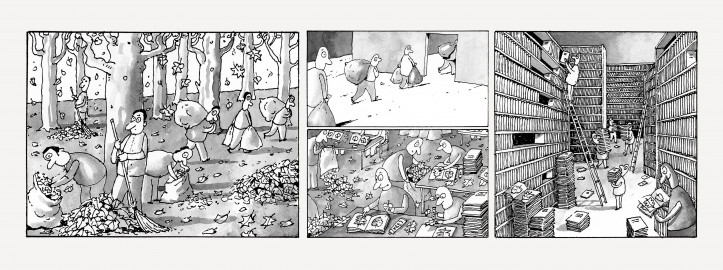
As expected, the novel has a happy ending. The final scene takes place several years after the transformation, in a society that forgot it had once fought over a physical trait that no longer exists. Of course, a book so strongly imbued with hope has its shortcomings. Since the plot is action-packed and focused on ideological issues, Hamid had to sacrifice certain aspects of his literary style. It is impossible to simply dive into the novel and enjoy the story, because the scenes change too abruptly. The language, on the other hand, is simple. Hamid attempts to establish a certain rhythm through the use of repetitions and narrative loops as if he were creating a mantra. Perhaps he tried to enchant reality this way. It seems his experiment is a success, since the reader can hardly let go of the thought that shedding one’s old shell—a veneer of habits and established views—opens the way to a freer life in harmony with oneself.


